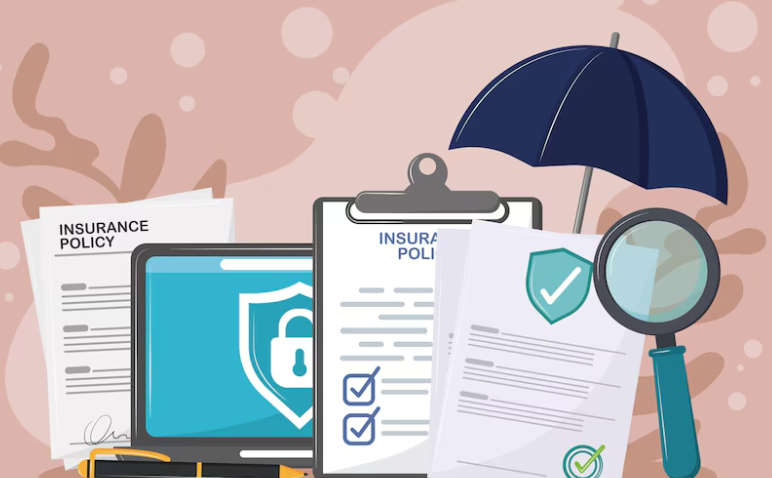Introduction
Car insurance is an essential financial protection that covers you in case of accidents, theft, or damage to your vehicle. Whether you’re a first-time car owner or just looking to understand car insurance better, this guide will break down the basics, types of coverage, and tips for choosing the right policy.
What is Car Insurance?
Car insurance is a contract between you and an insurance provider. In exchange for paying a premium, the insurer provides financial coverage for accidents, damages, and liability costs. Depending on the policy, it can help cover repair costs, medical expenses, and legal fees if you’re involved in an accident.
Types of Car Insurance Coverage
1. Liability Insurance
Liability insurance is typically required by law and covers costs if you are at fault in an accident. It includes:
- Bodily Injury Liability: Covers medical expenses for others involved.
- Property Damage Liability: Pays for damages to another person’s property.
2. Collision Coverage
This covers repair or replacement costs for your own vehicle if it’s damaged in an accident, regardless of who is at fault.
3. Comprehensive Coverage
Comprehensive insurance covers non-collision-related damages, such as:
- Theft
- Vandalism
- Natural disasters (storms, floods, etc.)
- Fire
4. Personal Injury Protection (PIP)
Also known as “no-fault insurance,” PIP covers medical expenses, lost wages, and other costs for you and your passengers, regardless of who caused the accident.
5. Uninsured/Underinsured Motorist Coverage
This protects you if you’re involved in an accident with a driver who has no insurance or insufficient coverage to pay for damages.
How Car Insurance Premiums Are Calculated
Insurance companies determine your premium based on several factors, including:
- Driving History: Accidents and traffic violations can increase your rates.
- Age and Gender: Younger, inexperienced drivers usually pay higher premiums.
- Location: Areas with high accident or theft rates may lead to higher costs.
- Vehicle Type: Expensive or high-performance cars often have higher insurance rates.
- Credit Score: In many regions, a better credit score can lead to lower premiums.
- Coverage Level: Higher coverage limits and lower deductibles result in higher premiums.
Tips for Saving on Car Insurance
- Compare Quotes: Shop around and compare rates from different insurers.
- Bundle Policies: Many companies offer discounts for bundling auto and home insurance.
- Maintain a Good Driving Record: Avoid accidents and traffic violations to keep premiums low.
- Increase Your Deductible: Choosing a higher deductible can lower your monthly premium.
- Take Advantage of Discounts: Look for safe driver, multi-car, and student discounts.
- Use Telematics Programs: Some insurers offer lower rates if you use a device that monitors your driving habits.
- Drive a Safe Vehicle: Cars with high safety ratings may qualify for lower insurance costs.
How to Choose the Right Car Insurance Policy
- Assess Your Needs: Consider how much coverage you require based on your driving habits and financial situation.
- Understand Policy Terms: Read the fine print and ensure you know what’s covered and what’s not.
- Check Customer Reviews: Research insurers’ reputations and customer service ratings.
- Work with an Insurance Agent: An agent can help you navigate different options and find the best policy.
Conclusion
Car insurance is a vital aspect of responsible car ownership, offering protection against financial losses due to accidents, theft, or damage. Understanding the different types of coverage and how premiums are calculated can help you make informed decisions. By shopping around, taking advantage of discounts, and choosing the right policy, you can secure reliable coverage at an affordable rate.


